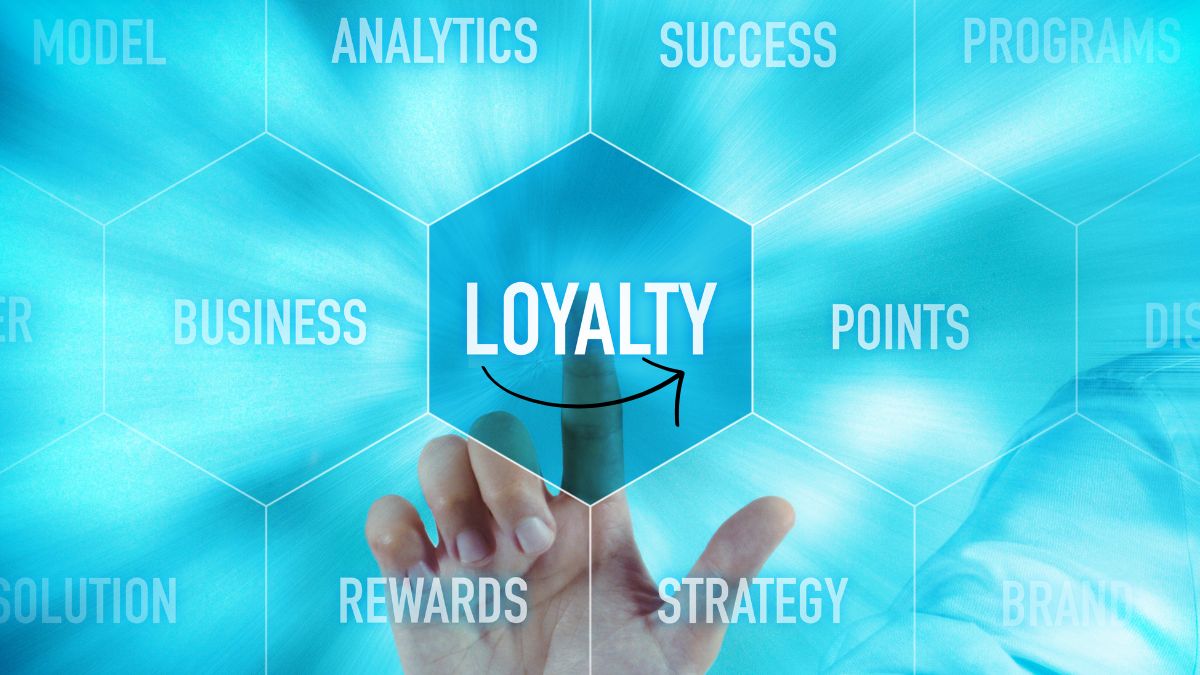
By Marca Wosoba, COO of ZBD
The digital economy is undergoing a quiet transformation. Recent antitrust rulings are beginning to dismantle the walled gardens that have shaped the app landscape for over a decade. A high-profile example: the legal battle between Apple and Epic Games (the company behind Fortnite). The former challenged Apple’s grip on in-app payments and its 30% commission, charged for using Apple’s billing system.
That fight wasn’t just about one game or one company. It signaled a broader shift: platforms are being granted more freedom, and the most forward-thinking ones are seizing the opportunity to rebuild the infrastructure of digital commerce on their own terms.
Loyalty As a Core Business System
Take the Epic Games Store’s recent move to offer users 20% cashback when they pay through its own payment system rather than through Apple. On the surface, this looks like a promotional perk. But it’s much more strategic.
Loyalty is evolving from a retention tactic to a lever for financial control. Aside from keeping users engaged, it’s a mechanism for directing where money flows, owning the data tied to those transactions, and redefining how value moves across digital platforms.
At the heart of this evolution are programmable incentives: rewards and offers that respond dynamically to user behavior. Rather than static point systems, platforms are building flexible, real-time feedback loops that influence spending decisions and deepen engagement.
The End of the Centralized App Store Monopoly
For years, Apple and Google controlled how apps reached users and how payments were processed. Their app stores acted as toll booths, charging high fees and restricting alternatives.
But those gates have been forced open. The response? A race to build proprietary payment rails. Think digital wallets, platform-specific cards, and tightly integrated loyalty programs that bring users deeper into their ecosystems.
We’re moving from one centralized model to a patchwork of fragmented, platform-specific financial ecosystems. It’s a fundamental change in how digital economies are structured.
Companies like Roblox, ByteDance, and even X are each building tools to own the payment experience and, by extension, the customer relationship. They’re controlling the full transaction flow – from checkout to rewards to data.
Fragmentation and the Rise of a Programmable Ecosystem
As loyalty and payment systems proliferate, users face both opportunity and complexity. With more platforms racing to build their own wallets and proprietary rewards, we’re seeing the rise of fragmented, platform-specific economies. The upside is clear: more control, more margin, and deeper engagement for platforms. But the cost is cognitive load for users.
If every app builds its own siloed wallet or loyalty system, fatigue sets in quickly. Too many isolated reward experiences can backfire unless they offer real value and user-centric design. The platforms that win won’t just offer bigger rewards, but more seamless ones.
This is driving a move toward payment and loyalty systems that work across platforms, currencies, and contexts. The most forward-thinking platforms aren’t bolting on points systems. They’re embedding rewards into ecosystems that flex across user journeys and devices, rather than locking them in.
Done right, rewards and payments become part of a seamless, intuitive experience. They move freely between apps and services, offering users meaningful value for their time and attention. Businesses benefit by unlocking new ways to monetize and build loyalty, without relying on legacy infrastructure.
There’s also a trust component. Owning the payment layer means owning the data. And in a world where users are more sensitive to privacy and control, transparent, user-first reward systems will be a competitive advantage – not just a compliance checkbox.
What This Means for the Fintech Ecosystem
This moment isn’t just about sidestepping Apple or Google. It’s a broader reimagining of digital commerce. Platforms are laying the groundwork for a new economic architecture built on programmable money, real-time incentives, and direct customer relationships.
For fintech professionals, the implications are clear:
- Programmable loyalty is becoming a strategic asset, not just a marketing line item.
- Owning the payment relationship is emerging as a new source of power and margin.
- Cross-platform interoperability for wallets, rewards, and value exchange is a growing differentiator.
The companies that embrace this shift with rewards that are seamless and adaptive will define the next era of platform monetization. Those that don’t will find themselves playing catch-up in an economy that is more competitive and user-driven than ever.


